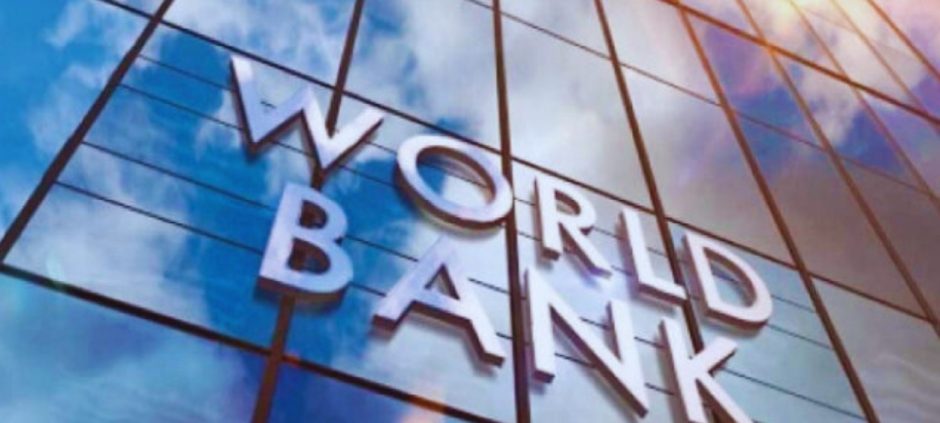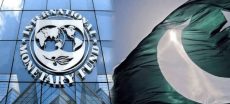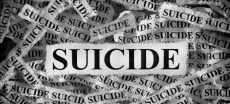The World Bank has updated its global poverty measurement standards, raising the income thresholds used to assess poverty levels. As a result, Pakistan’s poverty rate has surged to 44.7%, up from the previous 39.8%, though this figure may still not fully capture the country’s current economic hardships due to reliance on outdated survey data.
Key Changes in Poverty Measurement
- The new lower-middle-income poverty line for Pakistan has been adjusted to $4.20 per day, up from $3.65.
- The extreme poverty line has also been revised from $2.15 to $3 per day, pushing Pakistan’s extreme poverty rate from 4.9% to 16.5%.
- A major reason for this sharp increase is that a large portion of Pakistan’s population clusters around the $2.15 to $3 income range, meaning even slight adjustments significantly alter poverty statistics.
Why the Increase?
According to Christina Wieser, the World Bank’s senior poverty economist, 82% of the rise in extreme poverty stems from updated global benchmarks, while the rest is due to inflation in Pakistan between 2017 and 2021. However, the latest economic shocks—such as COVID-19 and the 2022 floods—have not been factored in, as the analysis relies on 2018-19 survey data.
National vs. Global Poverty Lines
While the national poverty line (21.9% as per 2018-19 data) remains unchanged for domestic policymaking, the revised international poverty line allows for better cross-country comparisons. The World Bank emphasizes that national benchmarks should guide local anti-poverty programs.
Looking Ahead
The World Bank is awaiting Pakistan’s new household economic survey to update its baseline data. A forthcoming Poverty, Equity, and Resilience Assessment will provide deeper insights into Pakistan’s poverty trends, inequality, and policy recommendations.
Najy Benhassine, the outgoing World Bank Country Director for Pakistan, stated that these revisions highlight the urgent need for policies that reduce vulnerability and strengthen economic resilience.











